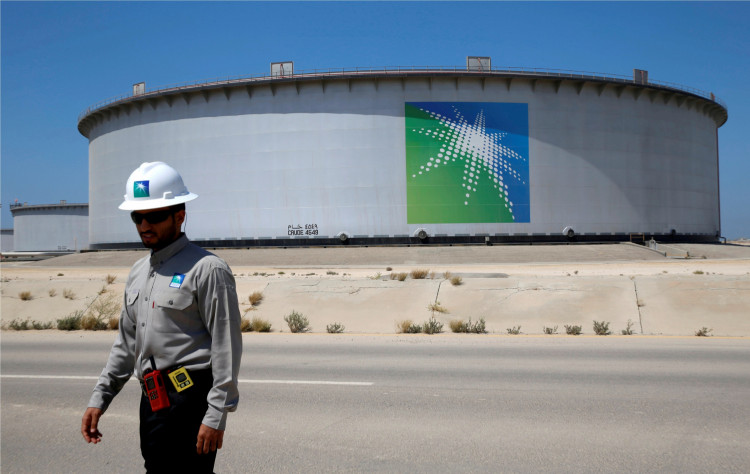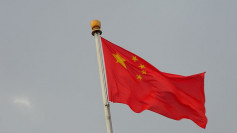Saudi Aramco shifted its strategy towards independent refiners and newcomers to the business as they find new buyers for its oil in China due to the increasing Russian and United States competition. After years of exclusive business with major state-owned Chinese energy firms, the Saudi Arabian oil giant decided for a new strategy to boost oil sales.
Analysts, however, claims that the new strategy may not offer the same results for the company since its new partners lack the scale and marketing reach of its old business partners like the PetroChina and Sinopec Corp which are state-run firms that dominate China's refining, petrochemical, and retail fuel business.
According to sources, the Saudi Arabian firm has been in negotiation with PetroChina for investment in refining in Yunnan province in the Southwest of China. However, the plans failed to be implemented because of poor economics and disagreement over marketing rights.
Reports circulated that the company turned its strategy to partnerships with new and independent players in China's refining and petrochemical industry. The company signed a contract with Norinco, a Chinese defense conglomerate, to develop a $10 billion refining and petrochemicals complex in the Northeast province of Liaoning, in the city of Panjin.
The company also signed a memorandum of agreement to expand its activities in Zhejiang province in Eastern China to buy 9 percent of Zhejiang Petrochemical as they secure a stake in an 800, 000 barrel per day (bpd) refinery and petrochemicals complex in Zhoushan, a city in the south of Shanghai.
Sources in the oil industry said that the deals are part of a bigger strategy shift to find new buyers, including smaller, independently run refiners, known as "teapots". One source said that the private players are more and entrepreneurial and they need oil and the experience.
Customs data in 2018 showed that Russia exported 1.43 bpd of oil in China while Saudi Arabia's export is at 1.135 bps. Shipments of United States oil are much lesser the two nation's export but it is increasing fast. The record showed that it increases by 25 percent in 2018 to just under 250, 000 bpd despite its stall in December because of the trade friction between China and the United States.
According to sources from the industry, the shift in strategy is caused by the change in management in Chinese state-run PetroChina and Sinopec and the tough competition from its rival suppliers which made it harder for the company to secure deals.






